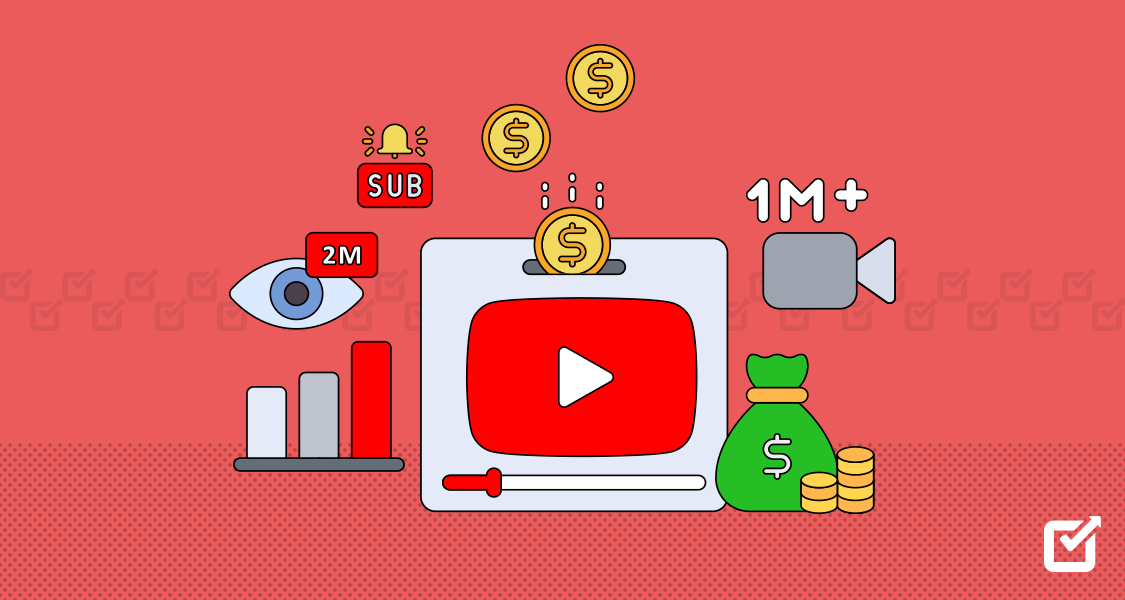⏱️ Read Time: 4–5 minutes
The digital monetization landscape is undergoing a significant transformation in 2025. With the integration of AI-driven tools, the emergence of micro-monetization models, and the evolution of creator platforms, individuals and businesses have unprecedented opportunities to generate income online.
AI-Powered Monetization Tools
Artificial Intelligence is at the forefront of this monetization revolution. Platforms like Omneky are leveraging AI to automate the creation and optimization of advertising campaigns across various channels, enhancing efficiency and ROI for marketers.
In the realm of content creation, AI startups such as Faceless.video and AutoShorts.ai are enabling users to produce automated videos for platforms like YouTube and TikTok. These tools allow for the generation of content with minimal effort, opening new avenues for passive income.
Emergence of Micro-Monetization Models
The traditional subscription-based models are being complemented by micro-monetization strategies. Tokenized video content is gaining traction, allowing creators to monetize specific segments of their videos, such as exclusive Q&A sessions or interactive chapters.
Similarly, the pay-per-task model is becoming increasingly popular. Platforms like Zapier are experimenting with this model, enabling users to pay for individual tasks or projects, offering flexibility and cost-effectiveness.
Evolution of Creator Platforms
The creator economy is expanding beyond traditional boundaries. Tim Stokely, the founder of OnlyFans, has introduced a new platform called Subs, aiming to cater to a broader range of influencers. Subs offers features like long-form video content, one-on-one video calls, and AI-generated insights, providing creators with tools for sustainable growth and audience engagement.
Moreover, social media platforms are revamping their monetization strategies. Snapchat, for instance, has unified its monetization program, allowing influencers to earn revenue from both Stories and Spotlight posts. This move simplifies the earning process and encourages consistent content creation.
Addressing Ad Fraud Challenges
Despite advancements, ad fraud remains a significant concern in digital advertising. Reports indicate that up to 16% of clicks on paid search campaigns are estimated to be fraudulent or invalid, leading to substantial financial losses for advertisers.
To combat this, companies are investing in sophisticated fraud detection systems. For example, DoubleVerify has identified over 100 cases of ads.txt manipulation, highlighting the need for enhanced transparency and security measures in digital advertising.



